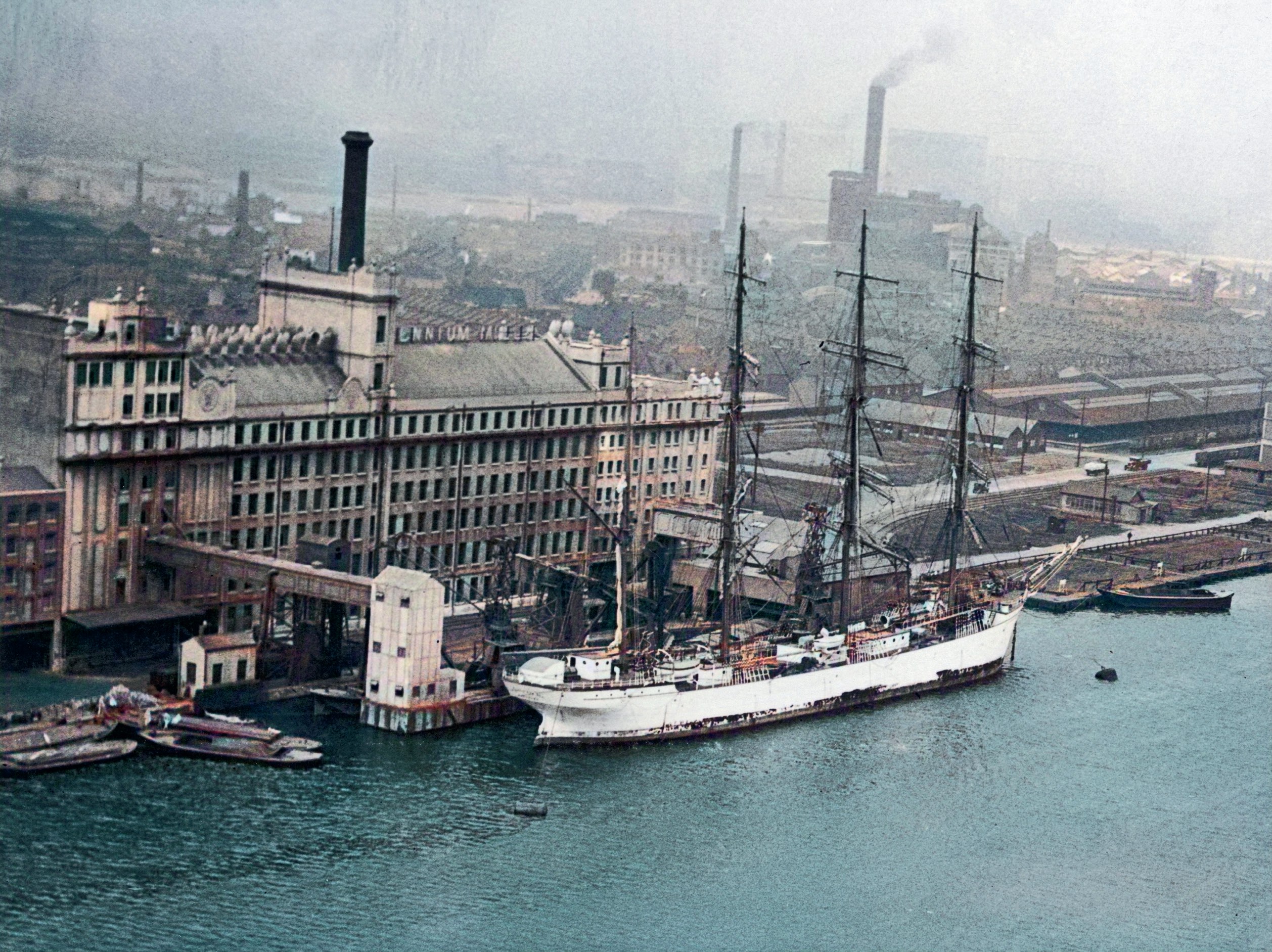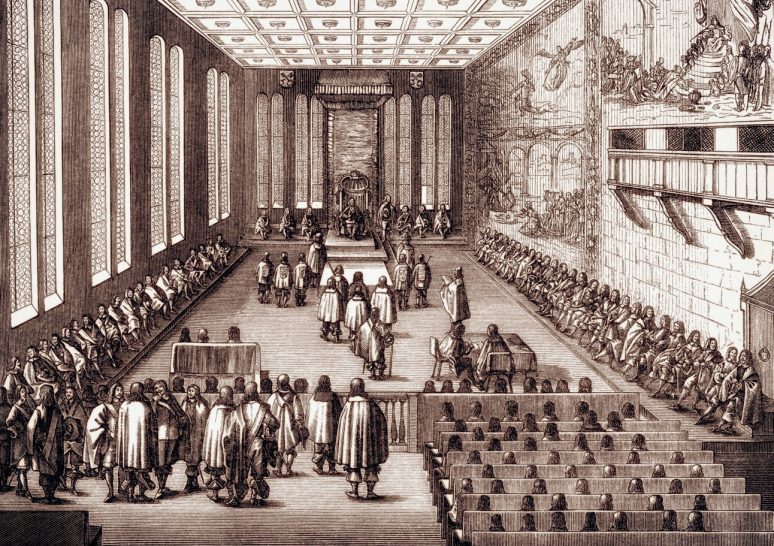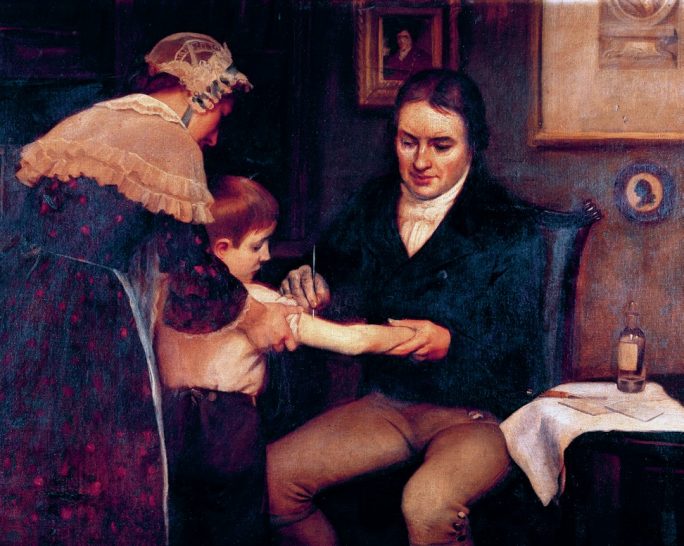Brian D. Varian
The effects of the Great Depression on the UK’s overseas trade
This article examines the effects of the Depression on British overseas trade and the economic policies implemented in response
EXAM LINKS
AQA 2M Wars and welfare: Britain in transition, 1906–1957
Edexcel Paper 1, Option 1H Britain transformed, 1918–97
OCR Y11 Britain 1900–1951
WJEC Unit 4, Part 2 Economic and social challenges in Wales and England c.1918–39
For the United Kingdom (UK), as for most of the world, one of the most significant manifestations of the Great Depression was a deterioration in its trade with foreign countries. Between its peak in 1929 and its trough in 1931, the UK’s export volume declined by 38%, while the UK’s real GDP declined by ‘only’ 5%. Appropriately, therefore, economic historians have devoted considerable attention to Britain’s overseas trade – both exports and imports – during the early 1930s.
Even before the Depression, however, the UK’s balance of trade was problematic, and this article begins with a discussion of the main features of British trade in the 1920s. The article goes on to examine the fall in exports during the early 1930s, identifying several reasons for why this occurred. Beginning in 1931, there were a raft of policy responses to the deteriorating situation, and these policies are described and evaluated.
volume The quantity of something, having been adjusted for price fluctuations.
real GDP The quantity of goods and services produced in a country, having been adjusted for price fluctuations.
balance of trade The value of exports minus the value of imports.
Trade in the 1920s
In the 1920s, the composition of the UK’s trade was little different to how it was during Victorian times. The UK continued to import mainly primary-sector goods, including foodstuffs, and to export mainly manufactures. Coal was a substantial nonmanufactured component of exports. Figure 1 presents the breakdown of the UK’s trade, by sector, in 1928.
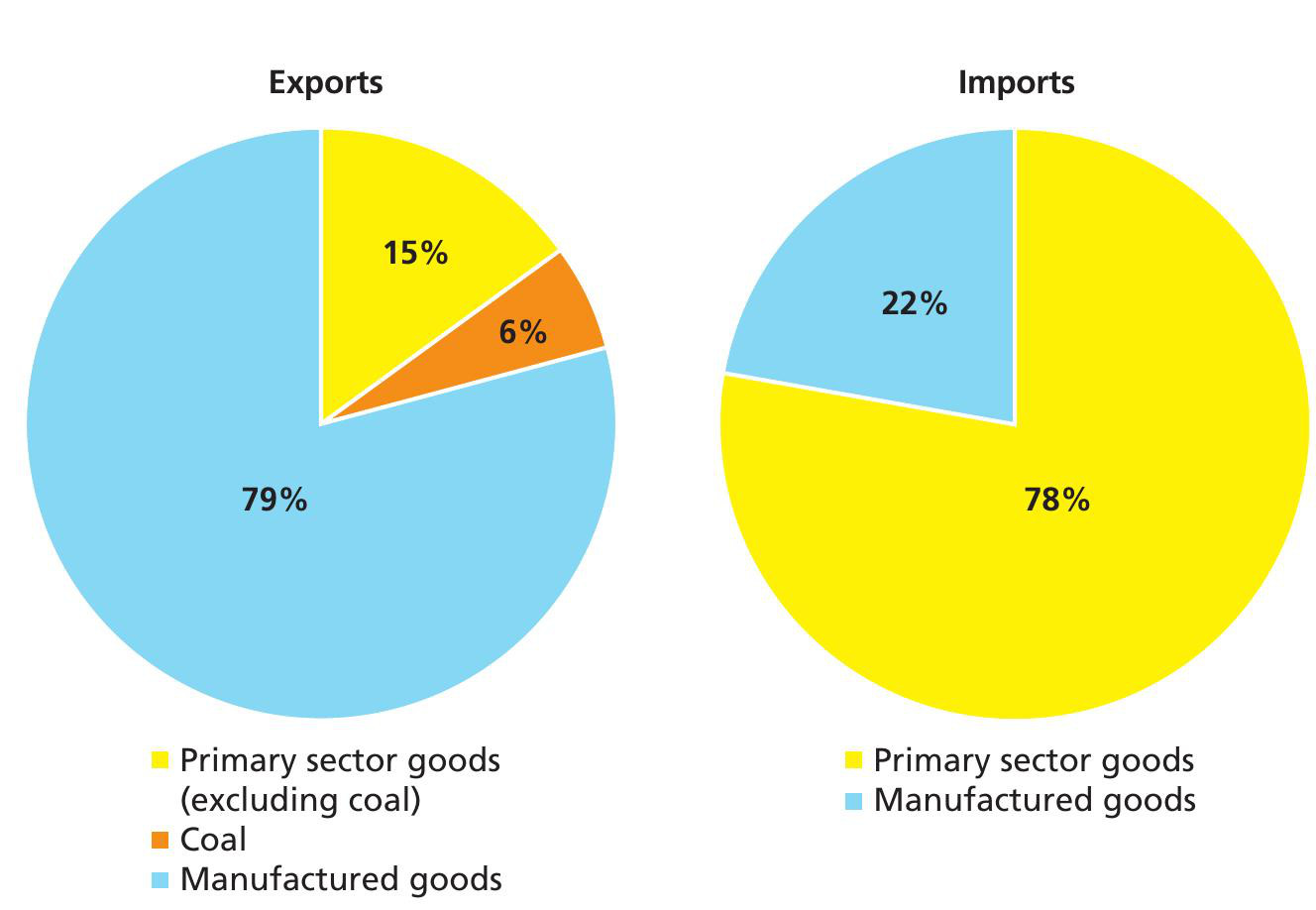
One of the problems confronting the UK in the 1920s was that its manufactured exports were still highly concentrated in the ‘old staple’ industries of the First Industrial Revolution, such as textiles and iron. Demand for these commodities in the UK’s export markets was not growing as fast as it once had. The UK also imported a non-negligible amount of manufactured goods from countries that had more recently industrialised, such as Germany and the USA.
Another feature that persisted from the nineteenth century into the late 1920s was the UK’s (essentially) free-trade policy. Unlike most industrial countries, the UK imposed few tariffs. Very slowly, the British government was beginning to enact tariffs – notably, one of 33.3% on motor cars was legislated during the First World War and retained into the 1920s. In the late 1920s, so-called ‘safeguarding duties’ were applied to a small range of goods, in cases where the corresponding British industry (and employment therein) was suffering due to competition from imports. To give an example, imported buttons became subject to a tariff in 1928. Still, by 1930, only 9% of the UK’s manufacturing production occurred in protected industries, i.e. industries for which there were tariffs on (competing) imports. It is not an exaggeration to claim that the UK adhered to a fundamentally free-trade policy on the eve of the Depression.
primary sector Includes agriculture, fishing, forestry and mining.
tariff A tax on an import.
Throughout the late 1920s, the UK was running a trade deficit. In 1928, the value of imports was £1,075 million, while the value of exports was only £724 million. Contributing to this deficit was the UK’s currency policy, which over-valued the pound sterling relative to other currencies. (At this time in the world economy, most exchange rates were fixed.) Due to the over-valued exchange rate, British goods were expensive in foreign markets. Foreign customers would probably have purchased a greater quantity of British goods, if only pounds (and pound-denominated goods) were cheaper. Thus, the UK struggled to export. Indeed, the UK’s currency policy only exacerbated the problem of its exports being concentrated in the ‘old staples’.
Conversely, the over-valuation of the pound rendered foreign goods cheap to British consumers, hence the value of imports was high. For various economic reasons, policymakers in the UK could not allow the trade deficit to become too large. Therefore, even as the UK entered the Depression, the balance of trade was already proving to be fragile.
trade deficit A negative balance of trade (i.e. when imports exceed exports).
exchange rate The price of one currency in terms of another.
Trade during the Depression years, 1929–31
With the onset of the Great Depression in 1929, income declined throughout the world. When income falls, so too does demand for goods. Hence, declining income in foreign countries reduced demand for British exports. Table 1 presents the UK’s export value, export volume, import value and import volume. To make for easier comparisons, all of the figures in the table are expressed as a percentage of the level for 1929. The table bears out a couple of noteworthy features of the economic downswing from 1929 to 1931.
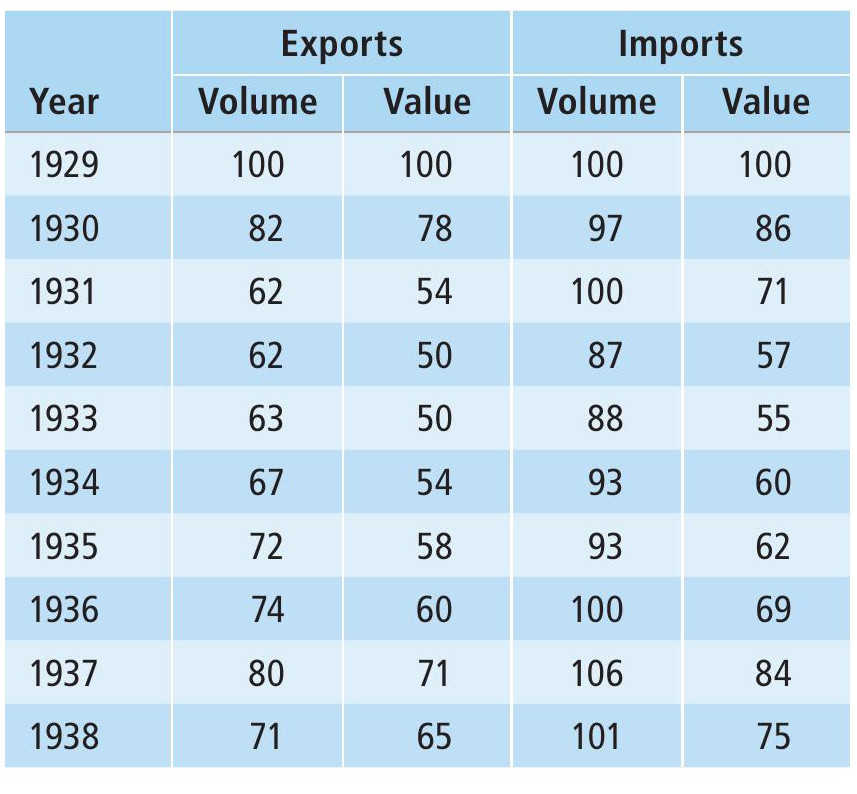
First, whereas the export volume declined by 38% from 1929 to 1931, the import volume remained essentially constant during this same period. Part of the explanation for this difference is the fact that the UK was mainly importing primary-sector goods, particularly foodstuffs. Foodstuff purchases are relatively inelastic to income. And so, even though there was a depression in the UK, the effect of declining domestic income on imports was not especially great. However, the UK was mainly exporting manufactures, which are more sensitive to changes in income. Another reason why imports remained constant during the economic downswing of 1929–31 was that the exchange rate continued to be over-valued, making imports cheap.
income Value, especially money and property, received by an individual or group.
inelastic Insensitive to change: if x is inelastic to y, a percentage change in y results in a lesser percentage change in x.
Second, the values declined more sharply than did the volumes. Recall that volumes are measures of quantities, adjusted for price fluctuations – in other words, volumes are not influenced by prices. Values are affected by both the quantities of goods and the prices of goods. During the Depression, prices were falling not only in the UK but throughout the world. Thus, even though there was no change in the volume of imports from 1929 to 1931, the value declined by 29%, simply because the prices of imported goods had fallen.
Policy responses
Beginning in late 1931, the British government pursued a number of policies that fundamentally altered many aspects of the UK’s overseas trade. One of the main changes was in currency policy. Specifically, in September 1931, the Bank of England ceased to maintain the (over-valued) fixed exchange rate between the pound and other world currencies. To put it more formally, the pound was devalued. British pounds and pound-denominated goods now became cheaper to foreign consumers. This policy, along with several others, had the effect of arresting the declining export volume. In addition to the devaluation of the pound, several important trade policies were implemented.
devalue To reduce the value of a currency, relative to another.
Import Duties Act of 1932
In the early 1930s, the British economy was in a depression, although the magnitude of this depression was not as severe as in other countries, especially the USA. One of the policy responses was the passage of the Import Duties Act in February 1932. This piece of legislation applied a general tariff of 10% to most of the UK’s imports, bringing an end to many decades of (essentially) free trade. It should be noted, however, that some commodities (particularly raw materials) were exempted from the duty. The tariff had the effect of raising the prices of imports relative to the prices of British-made goods. British consumers shifted from purchasing imports to purchasing goods produced domestically, just as policymakers had hoped. Particularly noticeable in Table 1 is the 13% decline in the import volume from 1931 to 1932, which can be attributed to the Import Duties Act.
The Act also created the Import Duties Advisory Committee (IDAC), which could recommend to Parliament that even higher tariffs be applied to certain imported commodities. For example, the IDAC recommended that the tariff on iron and steel sheets be raised from 10% to 33.3%. By the end of the 1930s, the average level of tariffs in the UK was one of the highest in the developed world.
Imperial preference
When the Import Duties Act was passed, imports from the British Empire were temporarily exempted from the general tariff. In July/August 1932, at a conference in Ottawa in Canada, the UK concluded trade agreements with Australia, Canada, Newfoundland, New Zealand, South Africa, India and Southern Rhodesia. (It is important to note that they each possessed the autonomy to set their own tariffs.) Under these ‘Ottawa Agreements’, the UK agreed to exempt – on a more permanent basis – Empire-produced imports from the general tariff.
In return, these trade partners agreed to reductions in the tariffs applied to British exports. To give an example, New Zealand would apply a lower tariff on glassware imported from the UK than on glassware imported from Belgium. This system of applying lower or no tariffs to imports from the Empire was known as imperial preference. One of the UK’s motivations for entering into the Ottawa Agreements was to preserve (or even increase) overseas markets for its exports, at a time when demand for British exports was declining in non-Empire countries, partly because these countries, like the UK, were raising their tariffs.
Economic historians have emphasised the effect of the Ottawa Agreements on the sources of the UK’s imports. Figure 2 illustrates the share of imports coming from within the British Empire, which reached 40% by 1938. Most of the increase in the share can be explained by the UK’s adoption of imperial preference – a British policy born out of the Depression. It would remain a British policy well after the Depression had passed, until the UK joined the European Economic Community (the precursor to the European Union) in 1973.
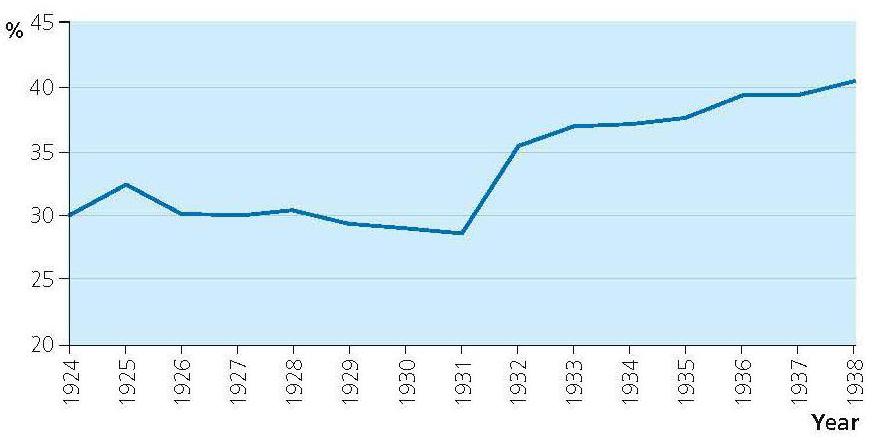
Other trade agreements
With the UK seeking markets for its exports and other countries doing likewise, several other trade agreements arose. Under the Roca–Runciman Treaty of 1933, the UK guaranteed to import a minimum quantity of chilled beef from Argentina in exchange for favourable tariff treatment of British exports, especially coal. The UK also entered into trade agreements with the Scandinavian and Baltic countries.
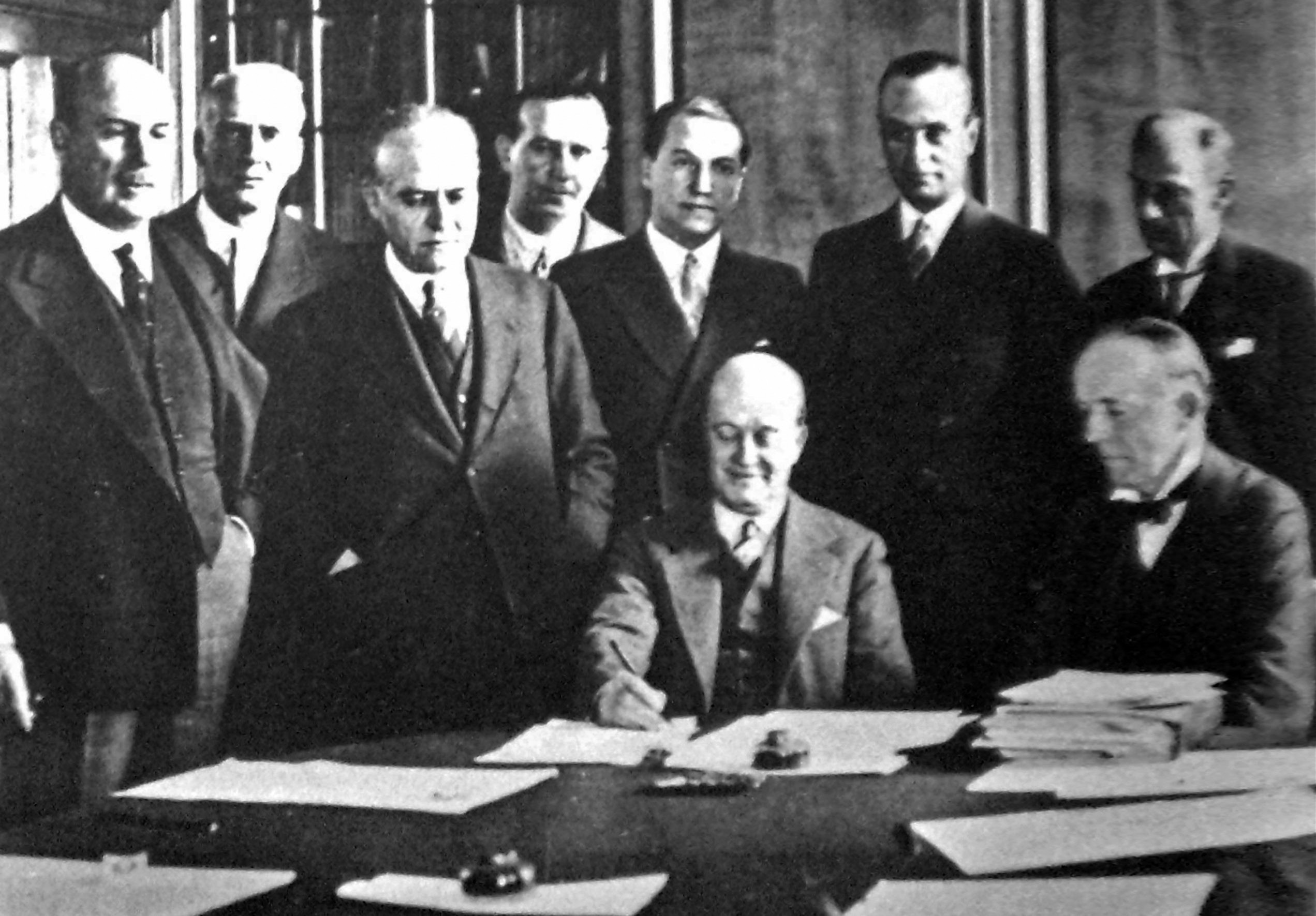
Conclusion
By 1938, the UK had more than recovered from the Depression of the early 1930s: its real GDP was 17% above its 1929 level. However, there was no commensurate expansion in the UK’s overseas trade. Yes, export volume had increased relative to the trough year of 1931, but it did not reattain its 1929 level, despite the devaluation of the pound and preferential access to Empire markets. Import volume was just about back to its pre-Depression level. For the UK, a high tariff level and a constellation of trade agreements were among the enduring legacies of the Depression.
RESOURCES
Aldcroft, D.H. (1970) The Inter-war Economy: Britain, 1919–1939, Batsford.
Rooth, T. (1993) British Protectionism and the International Economy: Overseas Commercial Policy in the 1930s, Cambridge.
A short essay on interwar British trade policy with links to related topics: https://tinyurl.com/mvbzd6v9
QUESTIONS FOR DISCUSSION
1 Why might the UK’s overseas trade be described as weak, even before the Depression?
2 Why was there a large decrease in the UK’s exports during the Depression?
3 What were the consequences of the Import Duties Act of 1932?


